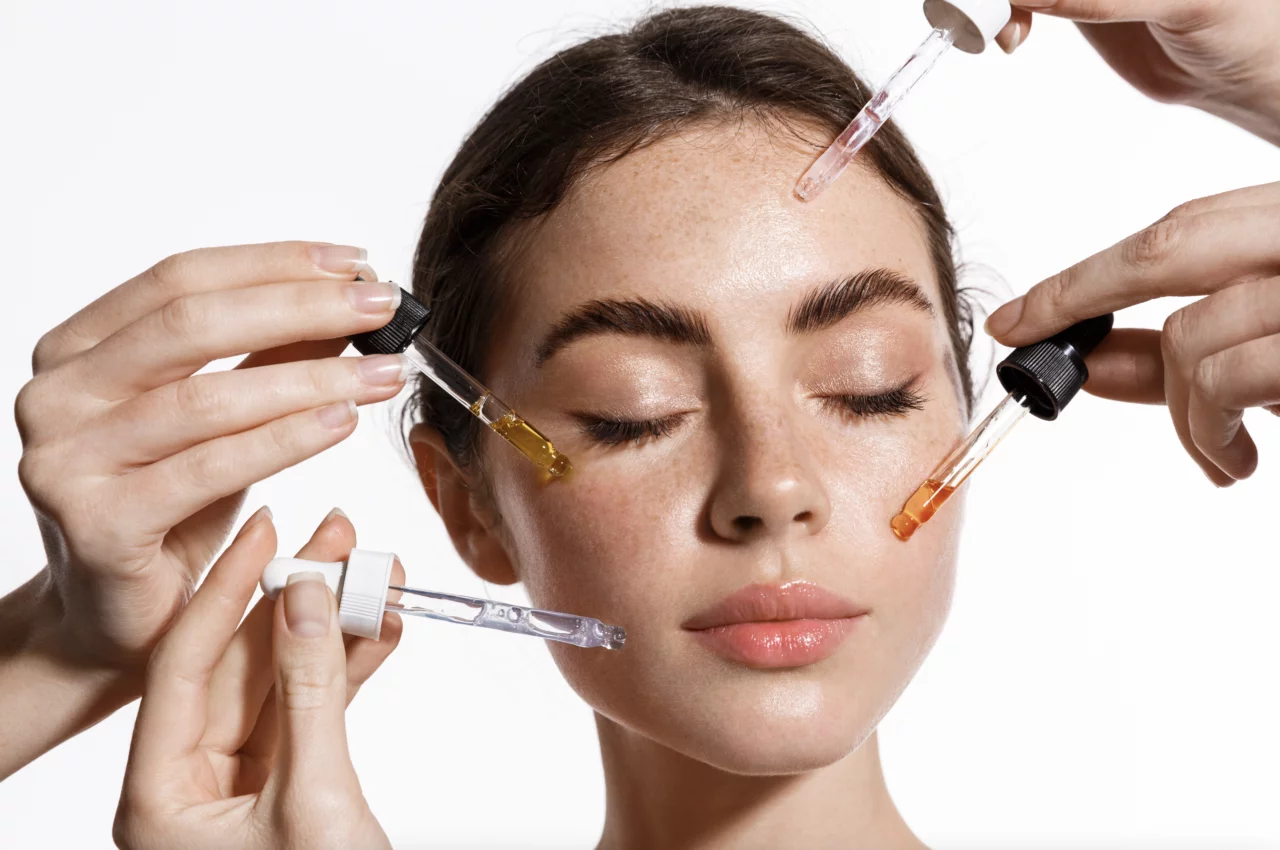Chemical peels have been around for centuries, but they are now gaining popularity in the beauty industry. This treatment uses a chemical solution to remove the outer layers of dead skin, revealing a smoother, brighter complexion underneath. In this article, we will explore the different types of chemical peels and how they can improve your skin.
What is a Chemical Peel?
A chemical peel is a cosmetic treatment that involves the application of a chemical solution to the skin, which exfoliates the outermost layer of dead skin cells. The procedure aims to improve the appearance of the skin by reducing fine lines, wrinkles, hyperpigmentation, and acne scars.
How Do Chemical Peels Work?
Chemical peels work by removing the outer layers of skin, which stimulates the growth of new, healthier skin cells. The chemical solution used during the procedure can vary in strength, depending on the desired outcome. The three main types of chemical peels are:
1. Superficial Peel
2. Medium Peel
3. Deep Peel
Each type of chemical peel targets different skin concerns and can be customised to meet individual needs. Our London skin clinic offers a variety of skin peels from different brands including ZO Skin Health.
The Different Types of Chemical Peels
Superficial Peel
A superficial peel, also known as a lunchtime peel, is the mildest type of chemical peel. It uses a mild acid solution, such as alpha-hydroxy acid (AHA) or glycolic acid, to exfoliate the outermost layer of skin. This type of chemical peel is best suited for people with mild skin concerns, such as fine lines, mild acne, and dry or dull skin.
Medium Peel
A medium peel uses a stronger acid solution, such as trichloroacetic acid (TCA), to penetrate deeper into the skin. This type of peel can address more significant skin concerns, such as sun damage, pigmentation, and acne scars. A medium peel can also help improve the texture of the skin and reduce the appearance of fine lines and wrinkles.
Deep Peel
A deep peel is the most potent type of chemical peel and uses a stronger acid solution, such as phenol, to penetrate the skin’s deepest layers. This type of peel can address severe skin concerns, such as deep wrinkles, severe acne scars, and sun damage. However, it also comes with more significant risks, such as skin discolouration and scarring, and requires a longer recovery time.
What to Expect During a Chemical Peel
Before the procedure, your skin will be thoroughly cleaned and prepped. Depending on the type of peel, we may apply a numbing cream to help with any discomfort. The chemical solution will then be applied to your skin, and you may feel a slight burning or tingling sensation.
After the peel, your skin will be red and may feel tight and sensitive. You may also experience peeling and flaking in the days following the procedure. It is crucial to protect your skin from the sun and follow a strict skincare routine to ensure optimal results.
Benefits of Chemical Peels
Chemical peels offer several benefits, including:
– Smoother, brighter skin
– Reduced fine lines and wrinkles
– Improved texture and tone
– Reduced pigmentation and acne scars
– Boosted collagen production
Are Chemical Peels Right for You?
Chemical peels can be an effective treatment for a wide range of skin concerns. However, they may not be suitable for everyone. It is crucial to consult with a skincare professional, like Una Jefford to determine which type of chemical peel is right for you. You can book a skin consultation here.

